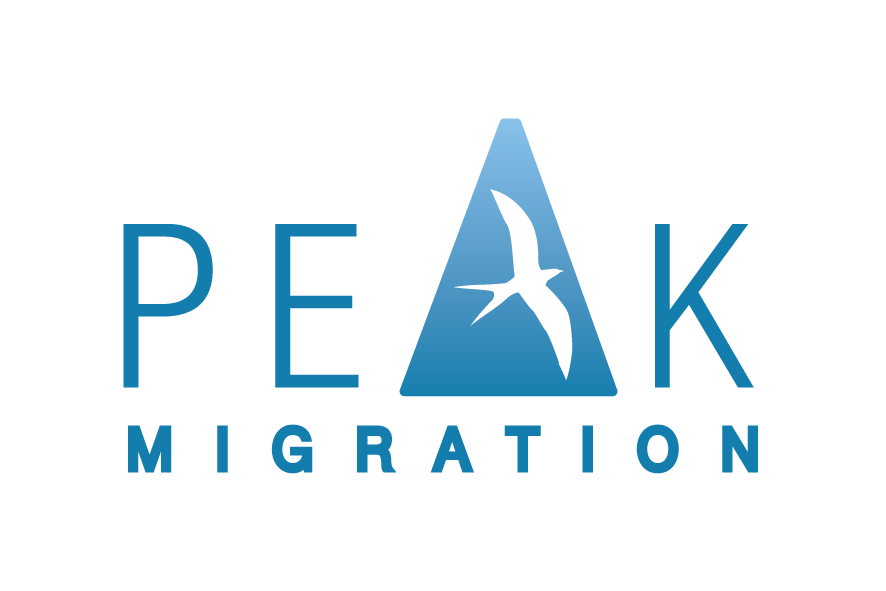Push for medical practitioners to be removed from the Skilled Occupation List
/Recently the media has reported that the Department of Health sought to remove all medical practitioner occupations from the Department of Immigration and Border Protection’s (DIBP’s) Skilled Occupation List (SOL). According to the article, the government department provided an undisclosed submission to the Department of Education and Training, who is responsible for providing advice to the DIBP, on the composition of the SOL. The article states that 41 medical practitioner occupations were requested to be removed. The reason was because Australian-trained doctors would struggle to find jobs despite there being a shortage of medical practitioners in rural Australia.
Does this make sense? The answer, just as with many things regarding immigration is: it’s complicated.
The SOL should reflect the most critical occupations in need. This is because this list is primarily used for the General Skilled Migration (GSM) Skilled Independent (subclass 189) visa, a permanent visa for independent skilled migrants, those without offers of employment in Australian. The SOL should not be confused with the Consolidated Skilled Occupation List (CSOL) which is a much large list, that also incorporates the occupations listed on the SOL, from which overseas nationals can be sponsored by businesses for employer sponsored visas. The CSOL is mostly used for Temporary Work (Skilled) (subclass 457) visas, Employer Nomination Scheme (subclass 189) visas under the Direct Entry Stream, and also for States and Territories to select for their independent Skilled Nominated (subclass 190) visa occupation list.
This article fails to mention this distinction, and it would be disastrous if medical practitioners were removed from both the SOL and CSOL. This is, however, a highly unlikely outcome as occupations dropped from the SOL, typically end up being moved to the CSOL, as what happened recently with dental hygienists, prosthetics, technicians, and therapists, among others.
The big problem with occupations on the SOL is there is no incentive for a medical practitioner, holding a permanent GSM visa to practice in a specific rural area. In fact, they do not even have to practice as a medical practitioner at all! There are no post-grant visa conditions. There is, however, for a Regional Sponsored Migration Scheme (subclass 187) visa, which requires an Australian business to nominate the overseas national with an offer of employment in addition to other requirements. Once granted, a primary visa holder can have their visa cancelled if they do not begin their employment or their employment is terminated within two years after the visa has been granted.
In reality, not many medical practitioners tend to use the GSM pathway in the first place. This is because the registration process governed by the Australian Health Practitioners Regulation Agency (AHPRA) requires internationally-trained medical practitioners to undergo a period of supervised practice, meaning most would be required to be sponsored in the first place. Supervised practice is required to obtain the general or specialist registration necessary to apply for a permanent GSM visa, and is also required for any permanent employer sponsored visa. It stands to reason that medical practitioners who apply for a permanent GSM visa are most likely holding a 457 visa at the time.
If there is a great disparity between rural and metropolitan shortages, it makes sense for these occupations to be moved from the SOL to the CSOL. This is because the occupation would be demand-driven, and organisations, particularly in regional areas, would be required to sponsor overseas nationals if they could not find a local candidate for the role. This would require the overseas national to practice for that business or organisation either on a temporary visa, such as a 457 visa, or on the permanent 187 visa, as stated above. This would go some way to tilt the balance back to regional areas.

